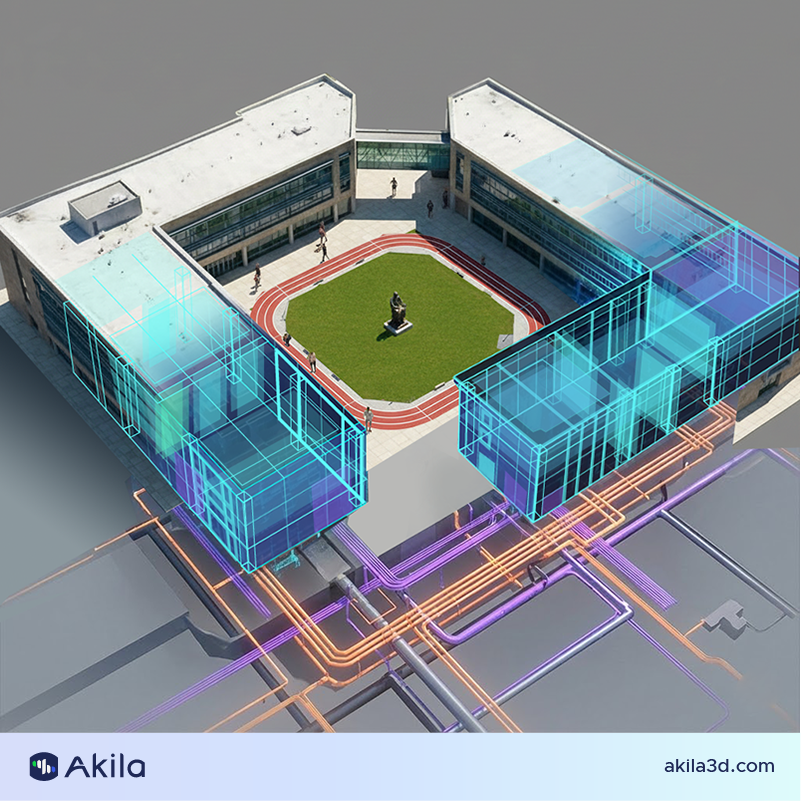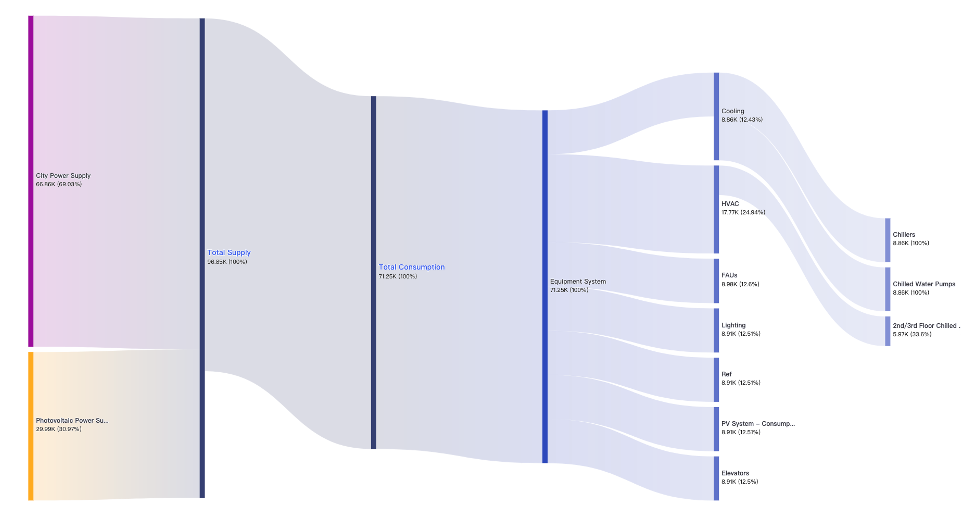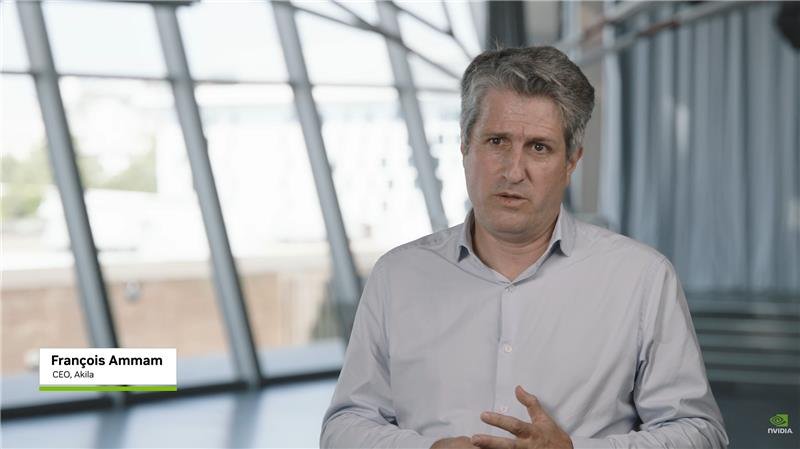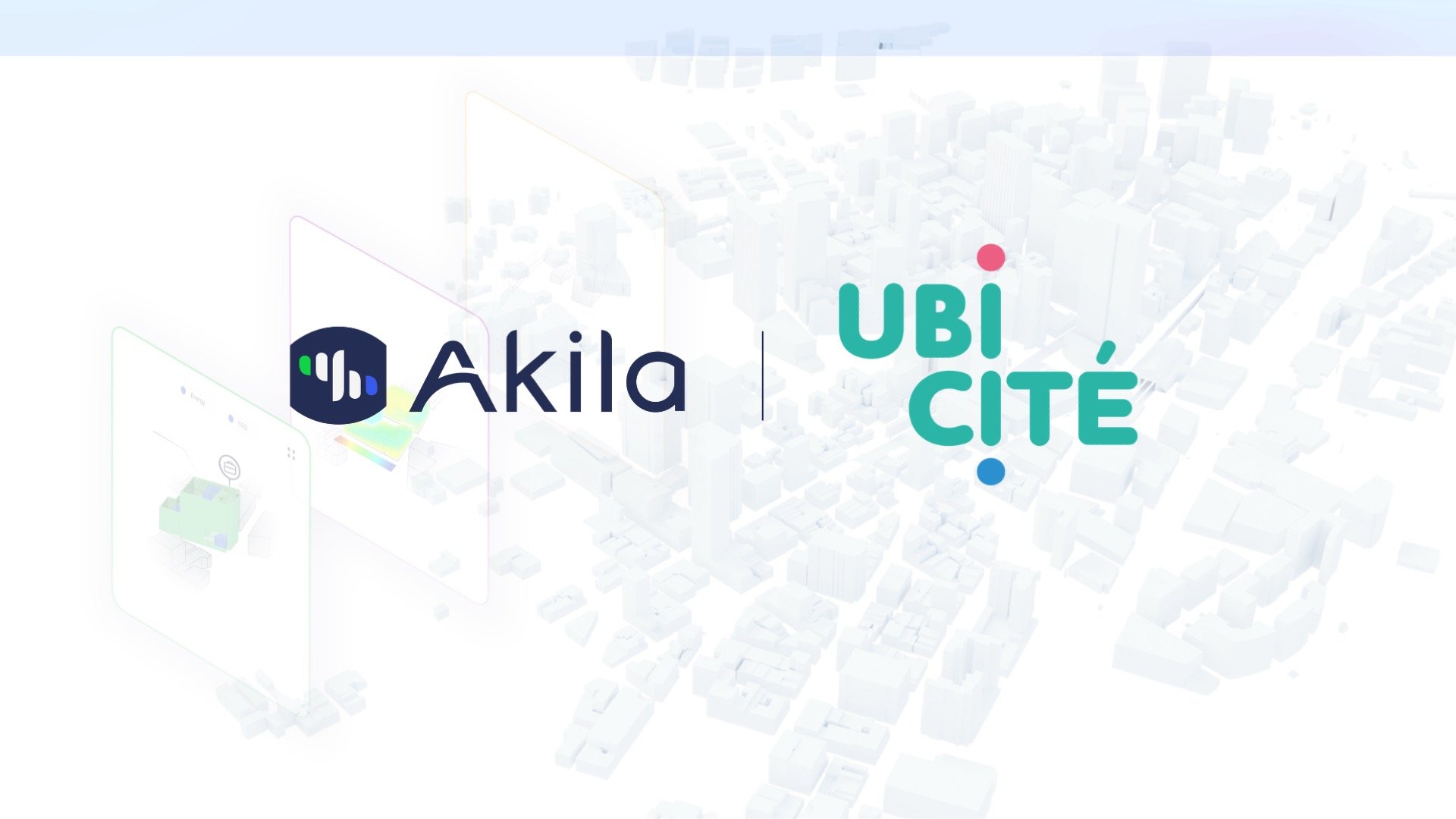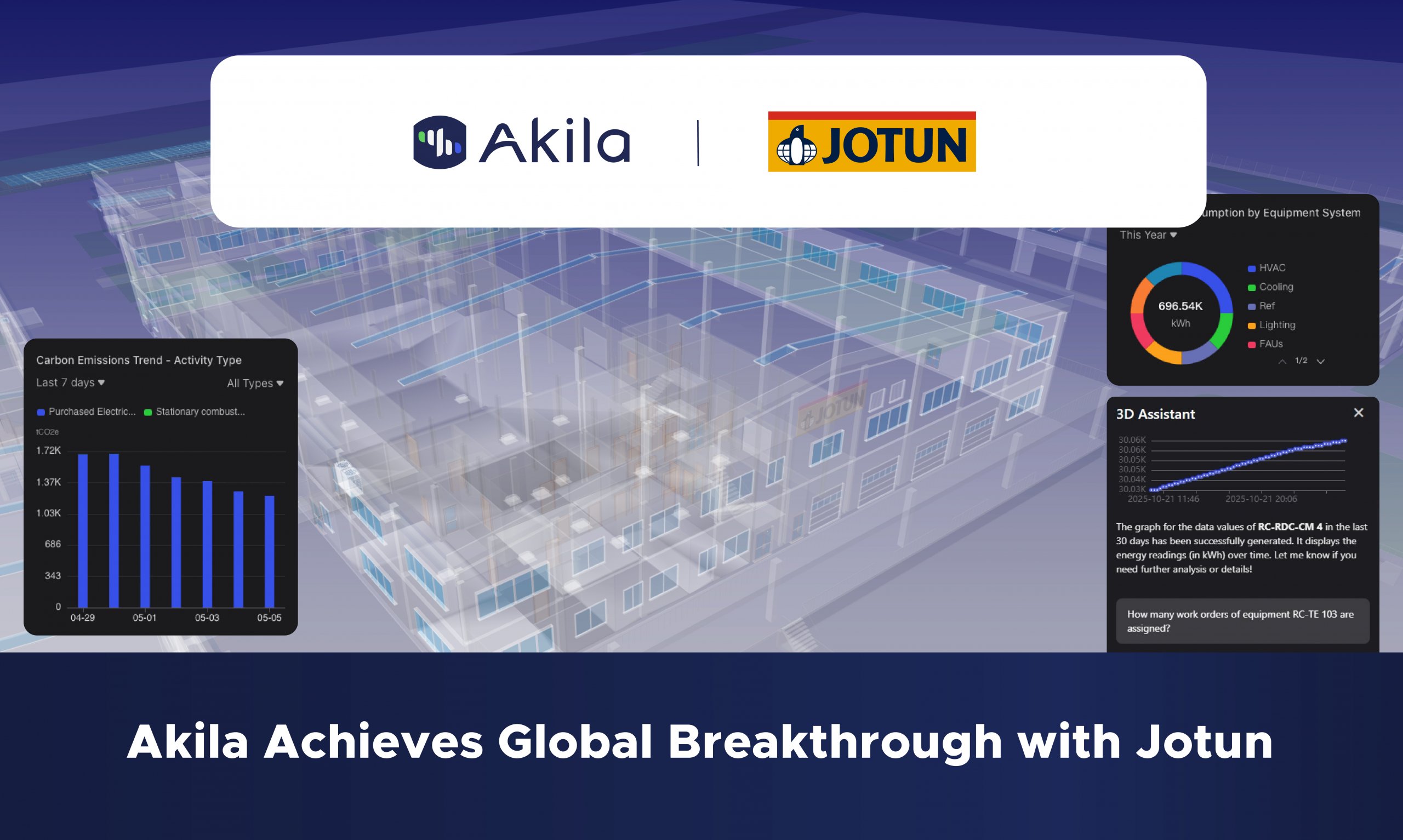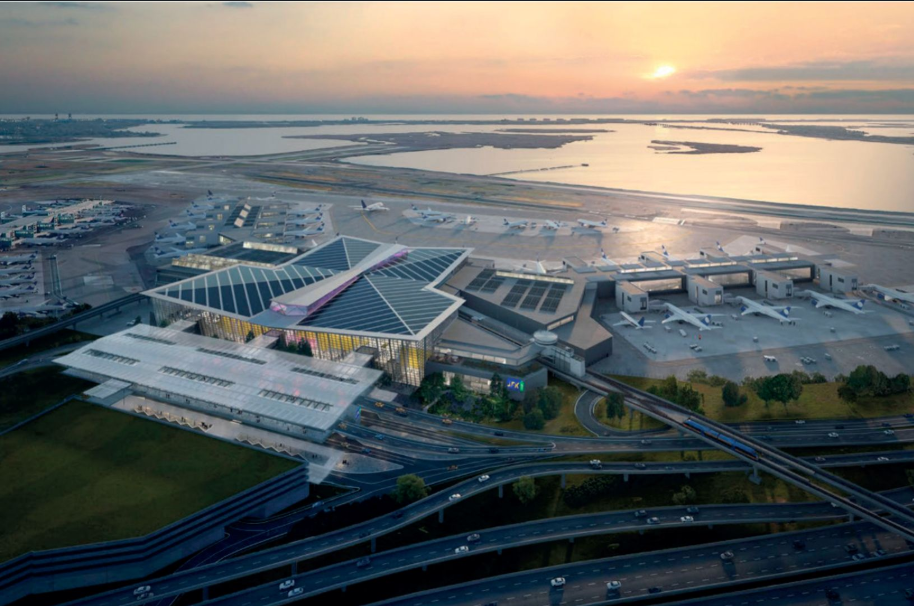
Airports today face unprecedented challenges. According to AlphaStruxure, US airports are navigating a landscape marked by reliability issues, sustainability pressures, capacity constraints, rising costs, and tight timelines for power infrastructure. These challenges are more than operational hurdles—they represent a fundamental shift in how airports must plan, manage, and optimize their assets.
At Akila, we view this “energy turbulence” not just as a risk, but as an opportunity to redefine airport operations. By leveraging digital twins and AI-driven platforms, airports can move from reactive management to continuous intelligence, making decisions that are smarter, faster, and aligned with sustainability and financial goals.
From Static Studies to Living Models
Traditional airport management relies heavily on static studies, spreadsheets, and reactive building management systems (BMS). While these approaches have served well in the past, they cannot keep pace with the dynamic demands of modern airport operations.
Akila transforms the way airports operate by creating a living model of the airport—connecting assets, people, and data in real time. This platform enables airports to:
- Detect anomalies before they escalate: Predictive monitoring across HVAC, electrical, and operational systems identifies issues early, reducing downtime and maintenance costs.
- Track carbon emissions continuously: Real-time Scope 1–3 carbon monitoring, combined with AI-driven retrofit recommendations, ensures the most cost-effective interventions for decarbonization.
- Forecast energy demand dynamically: Load forecasting accounts for new EV fleets, electrification of aircraft, and other operational variables.
- Link energy, carbon, and finance: ROI dashboards provide airport executives with clear investment guidance.
- Align energy usage with passenger flows: Computer vision and occupancy data ensure energy is used efficiently without compromising comfort or safety.
Redefining Airport Intelligence
With this approach, airports are no longer constrained by static reports or slow manual analysis. Instead, continuous intelligence becomes a layer that evolves with the airport, adapting to operational changes, sustainability targets, and evolving energy demands.
This shift enables airports to move from:
- Resilient operations → Carbon intelligence
- Dynamic forecasting → Financial cockpit
- Continuous planning → Occupancy-driven optimization
In essence, airports can now future-proof operations, optimizing energy usage, reducing emissions, and improving passenger experiences—all in one integrated platform.
The Opportunity Ahead
Energy turbulence is not going away—it’s accelerating with climate pressures, electrification, and growing passenger demand. Airports that adopt AI-powered digital twins will be positioned to navigate these challenges, transforming them into opportunities for operational excellence, cost savings, and sustainability leadership.
Akila is proud to be enabling this transformation, helping airports worldwide stay resilient, efficient, and future-ready.
